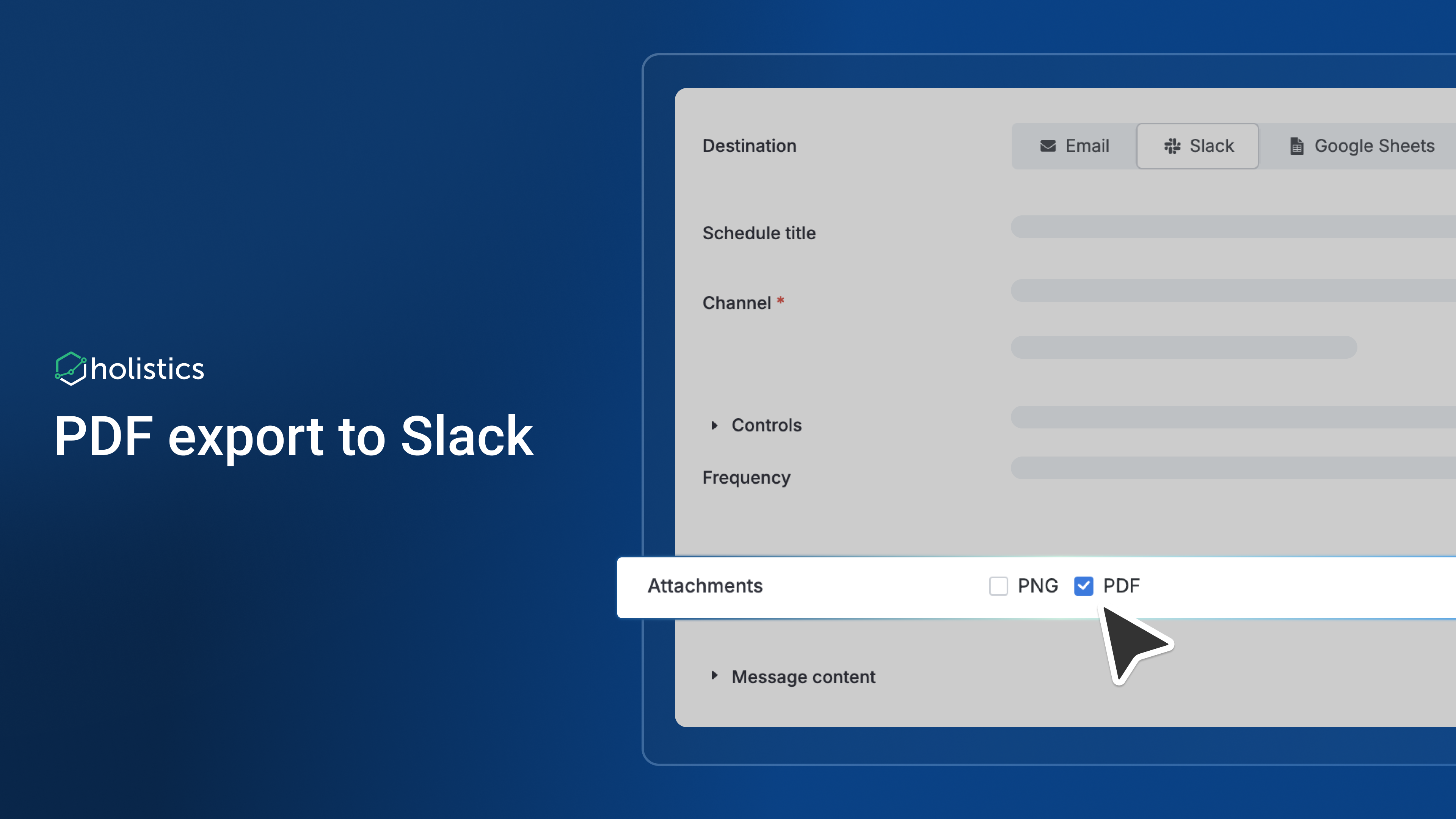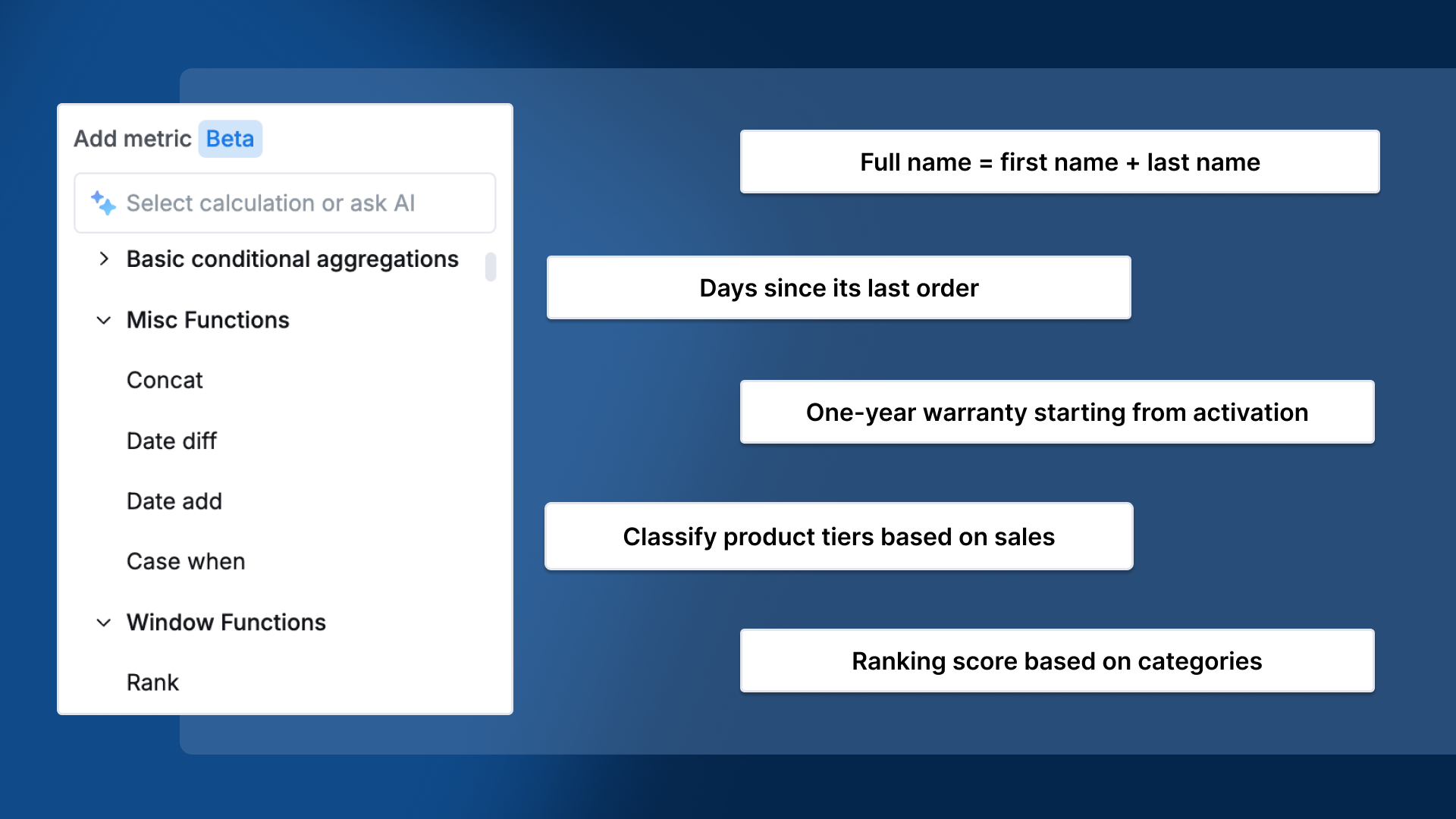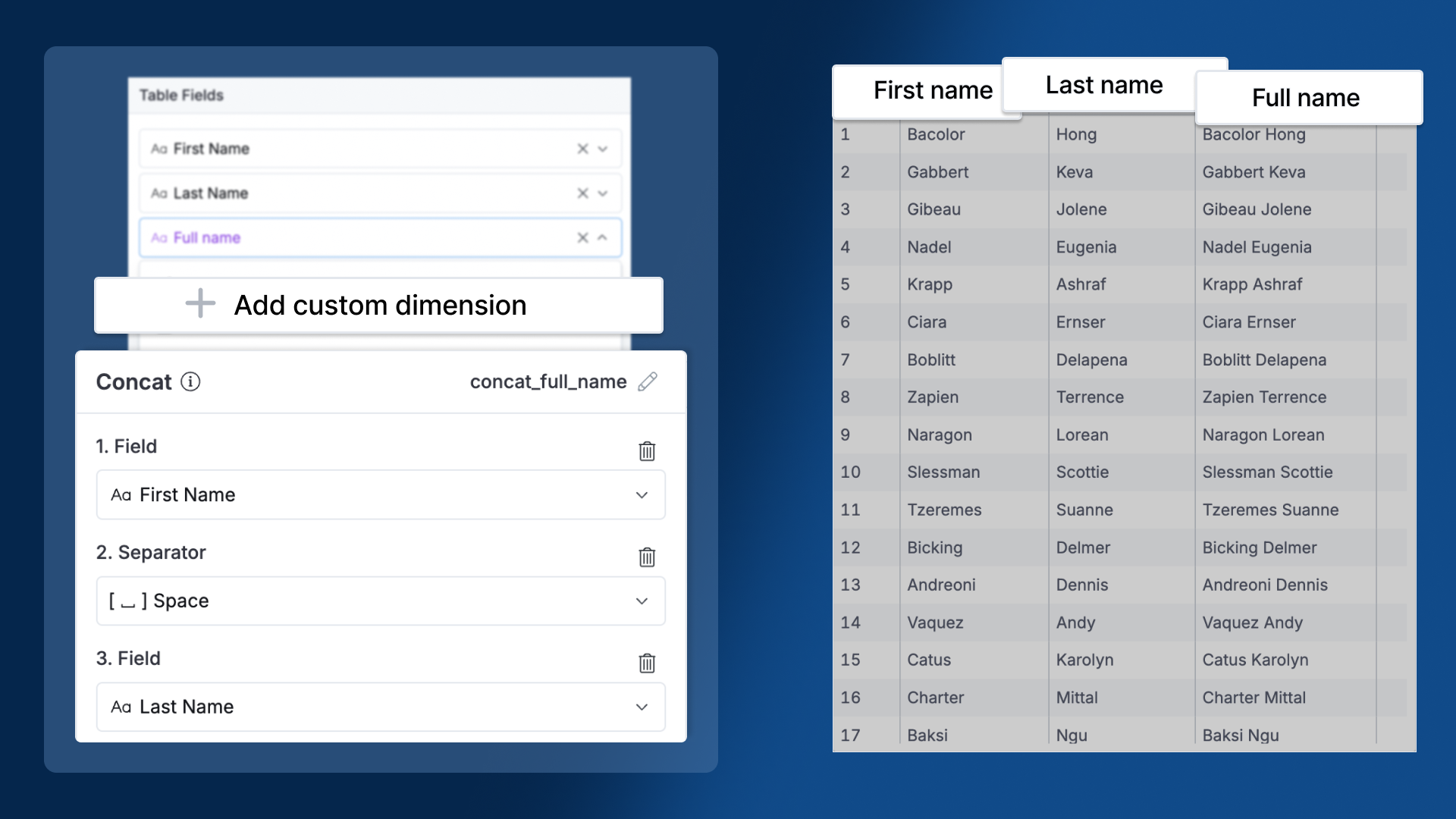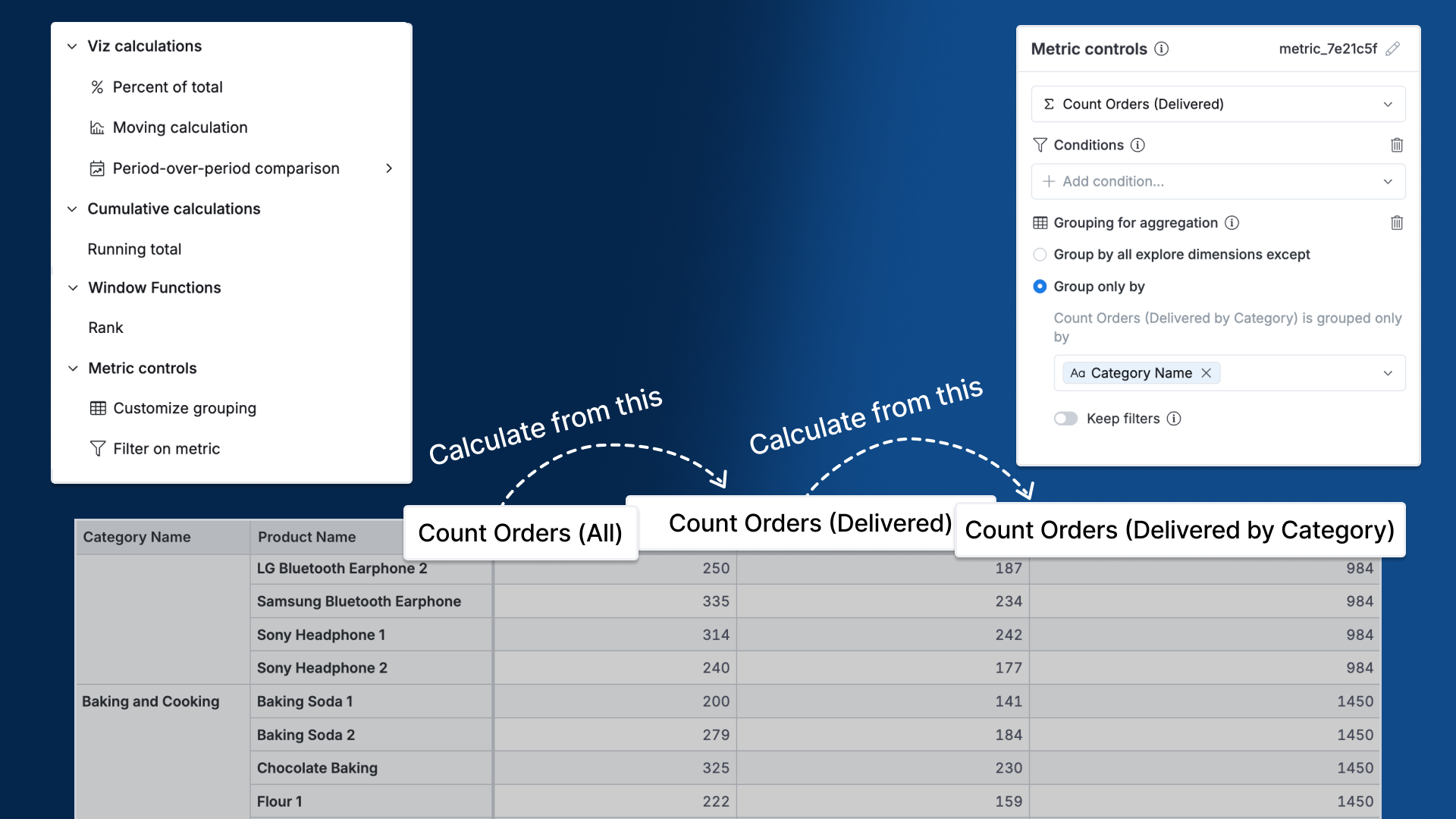📦 Archive Recommendations
Keeping your workspace clean is important, but determining which content is actually unused is the challenging part. We are excited to introduce Archive Recommendations, a smart feature that automatically identifies inactive content so that you can archive with confidence.
⭐ What's new?
Archive Recommendations analyzes your workspace and surfaces content that shows signs of being ready for archiving:
- Dashboard: No views in the last 30 days
- Dataset: No direct views or no connected dashboard views in the last 30 days.
For more information, check out our public docs: Archive Recommendations





